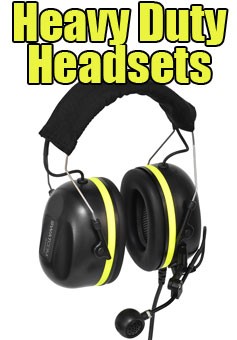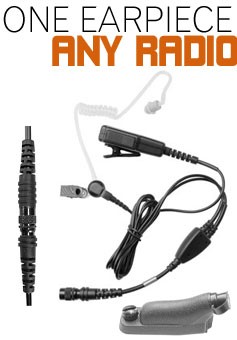
When you're soaring high above the clouds, the last thing you want is for discomfort to ruin your flight experience. A common but often overlooked issue is airplane ear, a condition that affects many travelers due to rapid changes in air pressure during ascents and descents. The mechanics behind this condition are straightforward yet fascinating; as airplanes climb or descend rapidly, the air pressure outside changes faster than the pressure inside your ear can adjust, leading to discomfort or even pain.
Airplane ear, medically known as ear barotrauma, manifests as a feeling of pressure inside the ear, which can lead to the uncomfortable sensation of your ears needing to "pop." Imagine the tympanic membrane in your ear acting like a loaf of bread rising swiftly during baking—this is essentially what happens during those rapid altitude changes. For babies and children, this sensation can be particularly distressing as they may not understand what's happening or how to alleviate the discomfort.
The risk of experiencing airplane ear increases if you have a cold, sinus infection, or any condition that can block your eustachian tube, making it even more challenging for your ear pressure to equalize naturally. Recognizing the symptoms and understanding why they occur is the first step in prevention. Symptoms primarily include a feeling of pressure or fullness in the ears, followed by a distinctive "popping" sensation when the pressure finally equalizes.
Fortunately, there are ways to mitigate the risk of airplane ear and make your flight more enjoyable. Babies and children, in particular, should always wear hearing protection during takeoff and, if possible, throughout the flight duration. This can include ear defenders or earplugs specifically designed for young passengers. Not only does this help in reducing the risk of ear barotrauma, but it also provides a quieter environment, lessening the chance of them waking up due to loud noises such as intercom messages and pilot updates.
For adults, while it might not always be feasible to wear hearing protection throughout the flight, using it during critical moments of altitude change can offer significant relief. Additionally, simple techniques like yawning, swallowing, or chewing gum during takeoff and landing can help in actively equalizing ear pressure.
In conclusion, airplane ear is a manageable condition that doesn't have to spoil your travel plans. With a bit of preparation and understanding of how to protect yourself and your little ones, you can ensure a comfortable flight experience free from the discomforts of ear barotrauma. Whether you're an occasional traveler or a frequent flyer, keeping these tips in mind can make your future journeys more pleasant and pain-free.
-

Shooting Ear Defenders
The Shooting Ear Defenders are highly effective, offering an SNR of 27dB fo...
-

Peltor Ear Defenders
these Peltor ear defenders are engineered for maximum comfort and durabilit...
-

-

Childrens Ear Defenders
Our Children's Ear Defenders offer unparalleled hearing protection, comfort...
-

Bluetooth Ear Defenders
Key Features: Wireless Connectivity: Easily connect to your smartphone via...
-

Adult Ear Defenders
Small: Offers a protection level up to 24db, suitable for moderate noise e...























